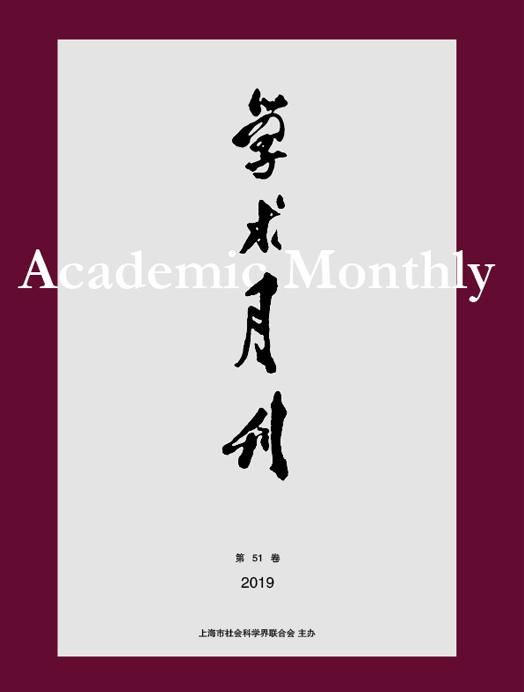China’s Economic Growth, Fluctuation and Regional Disparities
- Available Online: 2022-02-20
Abstract: A key feature of China’s transition period has been the rapid expansion of the private economy, which has been accompanied by high economic growth, significant economic volatility, and large regional disparities. It is puzzling why a traditionally planned country like China would race to a private economy. And how did the relevant economic characteristics arise? This study proposes a unified explanation for the characteristics above under a framework of Chinese style decentralization. Central to our explanation is the political incentive based on relative performance evaluation (RPE), which leads to imitation among subnational governments’ decision. First, the imitation incentivizes subnational governments’ race to privatization and achieves unprecedented economic growth. Second, imitation amplifies the influence of the change in the central government’s preferences on subnational governments’ decision making and triggers the “ebb and flow” of the private sector, causing economic fluctuation. Third, state-owned enterprises (SOEs) weaken the incentive of RPE on subnational governments through “soft budget constraint,” creating economic growth gap among regions with different numbers of SOE. This paper has some policy implications for the future of China to boost initiative of economic development, smooth economic fluctuations and coordinate regional development.




 沪公网安备 31010102003103号
沪公网安备 31010102003103号 DownLoad:
DownLoad:

